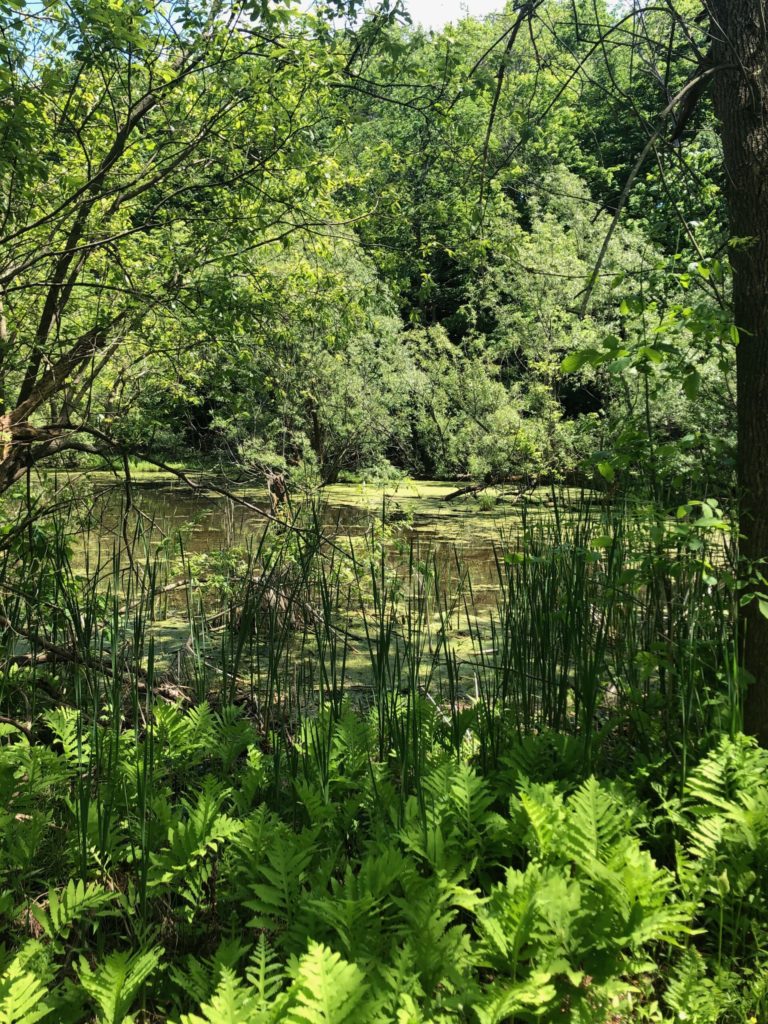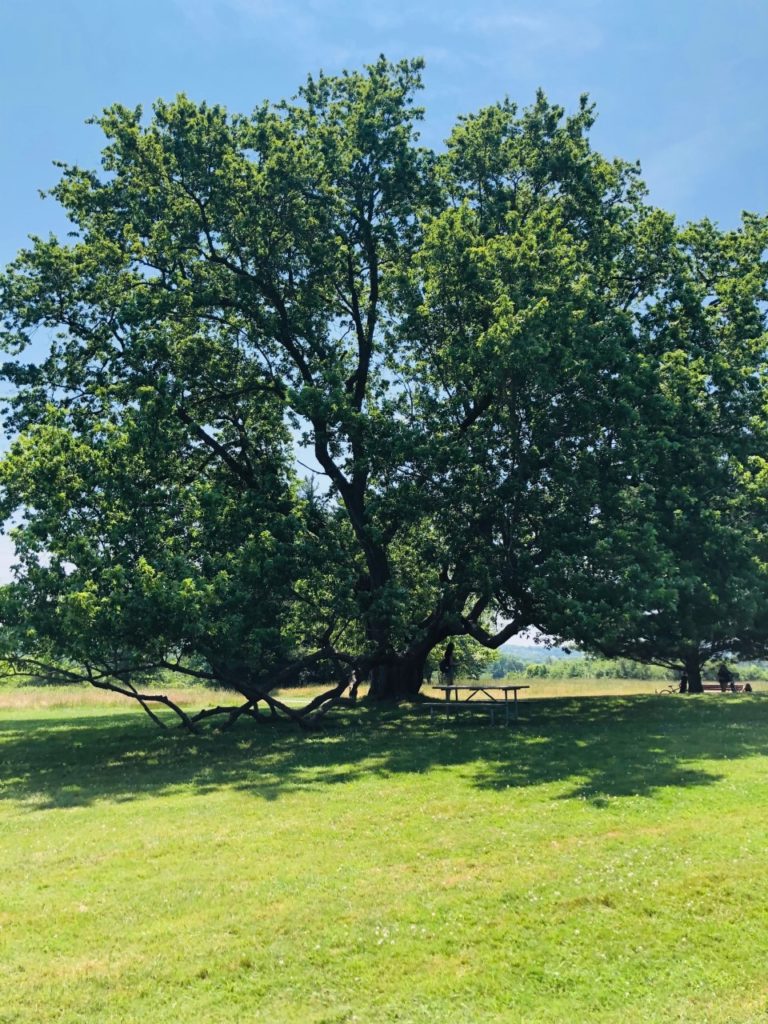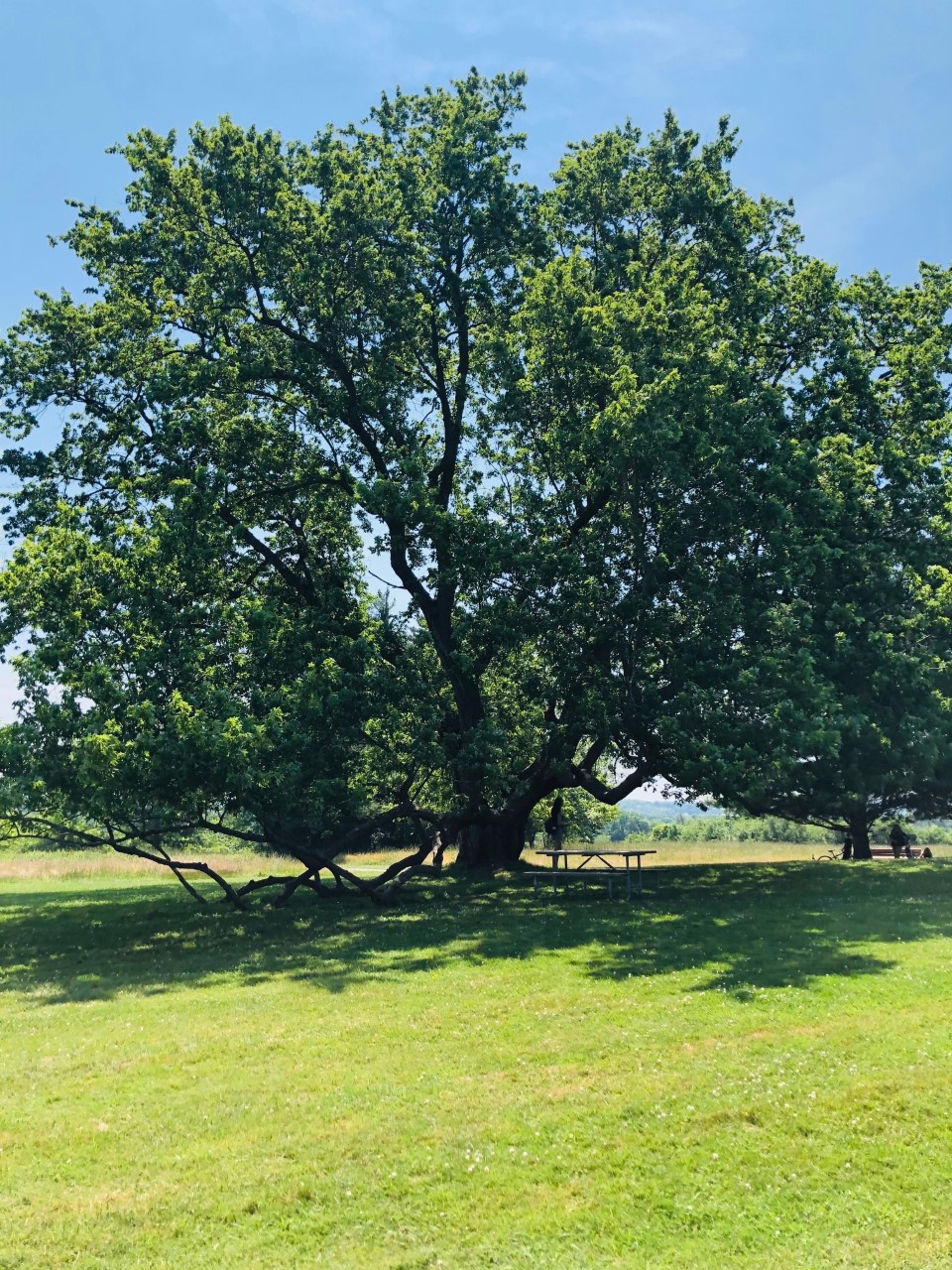
Written By: Jeanne Beiter
The Headwaters Program protects the undeveloped headwater forests and wetlands that serve as a filter for drinking water flowing into Lake Erie, the Niagara River, and Lake Ontario. By protecting the best of what remains, the health of the entire region will be protected for future generations.

Land Conservation is Important

We all value having fresh air to breathe, clean water to drink, and the health of ourselves and our loved ones. Our natural spaces – forests, fields, wetlands, and farms provide us these natural resources and function as giant air and water filters. One of the greatest threats to our natural resources is development. According to the U.S. Department of Interior, 60 percent of our land is in a natural state, but we are losing a football field of it every 30 seconds (2,880 football fields a day)!
That’s why the Biden Administration’s Department of Interior has been tasked with protecting 30 percent of U.S. land and coastal seas by 2030; an initiative they’re calling 30×30. This conservation goal is supported by scientists who argue that conservation is critical to fighting climate change and protecting the 1 million animal and plant species at risk of going extinct.
Land conservation is especially important to Buffalo Niagara Waterkeeper. Land conservation is a general term we use that covers a range of actions that protect land – they vary from preventing land from being developed to restoring habitat so that it provides its many ecosystem services. In addition to fighting climate change and protecting species at risk of extinction, precipitation and surface water are filtered by natural spaces, providing us with cleaner water to drink and recreate in. Did you know that a single large tree is able to capture and filter up to 36,500 gallons of water per year? To put it into perspective, the average person in the United States uses 88 gallons of water per day or about 32,000 gallons of water per year.

Town of Clarence Escarpment Sanctuary
Recognizing the need to conserve land so that it continues to filter water resources, Buffalo Niagara Waterkeeper’s Headwaters Initiative was created to focus on protecting water at its source – the natural springs, small creeks, and streams that make up our watershed. The Headwaters Initiative strives to protect the undeveloped headwater forests and wetlands that filter and protect our water resources that eventually end up in Lake Erie, the Niagara River, and Lake Ontario.
In fact, Buffalo Niagara Waterkeeper has a goal of conserving about 50% of the open space in our watershed!
In 2014, we completed the Niagara River Habitat Conservation Strategy (HCS), a conservation guide that contains three years of scientific research outlining the most effective opportunities for conserving ecological function and biodiversity in the Niagara River Watershed. The HCS identifies the greatest opportunities for protecting water quality and the health of the watershed’s biodiversity is by conserving intact, undisturbed tracts of land especially within the upstream portion of the watershed; or what is called the headwaters. We strive to protect and restore undeveloped land because once developed, it becomes hardened, covered with roads, parking lots, driveways, etc. and the water is no longer able to be efficiently absorbed and filtered. The water ends up running over the hard surfaces, gathering pollutants, before entering into nearby rivers or streams and polluting our waterways. Flooding, flashy flows, streambank erosion, and loss of biodiversity are other negative impacts that result when intact natural lands are developed.
According to The Trust for Public Land, New York State is one of the top 10 states for forest carbon sequestration. Carbon sequestration is when carbon is captured from the atmosphere and stored in the ground, which helps prevent climate change. Erie County’s forested land alone holds almost 14 million tons of carbon! Over 90 percent of that is privately owned land and has a high risk of development or forest pests and pathogens. In 2015, Buffalo Niagara Waterkeeper’s first land conservation project was the Concord Community Forest. The forest was protected as a result of a partnership between Buffalo Niagara Waterkeeper (Riverkeeper at the time), The Nature Conservancy, and Erie County Department of Parks, Recreation and Forestry.
The 221 acre forest in the headwaters filled a gap within an existing network of publicly-owned headwater forest lands, creating a corridor of over 1,000 unfragmented acres of undeveloped forest. The forest contains the headwaters of Eighteenmile Creek and protects water quality at its source providing ecological benefits to the entire downstream system.
In support of the Headwaters Initiative, Buffalo Niagara Waterkeeper recently received funding to conserve large portions of forested land in the headwaters, but one of the challenges is that in New York State, 74% of forested lands are privately owned. According to National Geographic, about 70 percent of land in the US is privately owned.
Buffalo Niagara Waterkeeper has been using Geographic Information System (GIS) mapping tools to identify large parcels of natural space contained or connected to the Lake Erie/Niagara River watershed’s waterways to develop a protected corridor of forested land. Once identified, the owners are contacted to see if they’re interested in conserving their land so future generations have clean air and water and are able to experience the excitement and calm of nature.
Land conservation takes many forms. One of the most common ways to conserve land is through a conservation easement. Conservation easements can be tailored to meet the landowner’s needs and allow them to retain ownership of the land, while placing limitations on development for future owners. Conservation easements can take some time to develop, but once completed they allow the landowner to go about their daily routine knowing that their property is supporting a healthier community and will for generations to come.

A second form of land conservation is restoration. Waterkeeper applies innovative methods to restore degraded shorelines throughout the entire Niagara River Watershed that enhance water quality, habitat integrity, and natural functions. A growing number of communities around the country are employing programs to restore shorelines to their natural form. The benefits of these naturalized living shorelines are well documented in numerous studies, and research verifies that they provide significant improvements in the water quality, habitat, and shore resiliency.
Buffalo Niagara Waterkeeper is a voice for the local waterways and people, but it’s in your backyard that nature thrives – where streams form and rivers run. That’s why we need your help to accomplish our goal of conserving and protecting 50 percent of our natural space in our watershed! Perhaps you have property containing or adjacent to a water resource that you’ve been considering conserving or you know someone else who may be interested in putting an easement on their property. If so, please contact us and we’d be happy to talk through potential options!
You can also assist Buffalo Niagara Waterkeeper by volunteering with Waterkeeper or donating, if you’re able to. We’re happy to have you alongside us while working toward our ambitious goal! Please feel free to contact Jeanne Beiter by email at jbeiter@bnwaterkeeper.org or by phone at (716) 852-7483 if you have any comments or questions.

Jeanne Beiter is a Senior Ecological Program Manager at Buffalo Niagara Waterkeeper, and focuses much of her work on the Headwaters initiative and the protection of undeveloped, forested wetlands.




